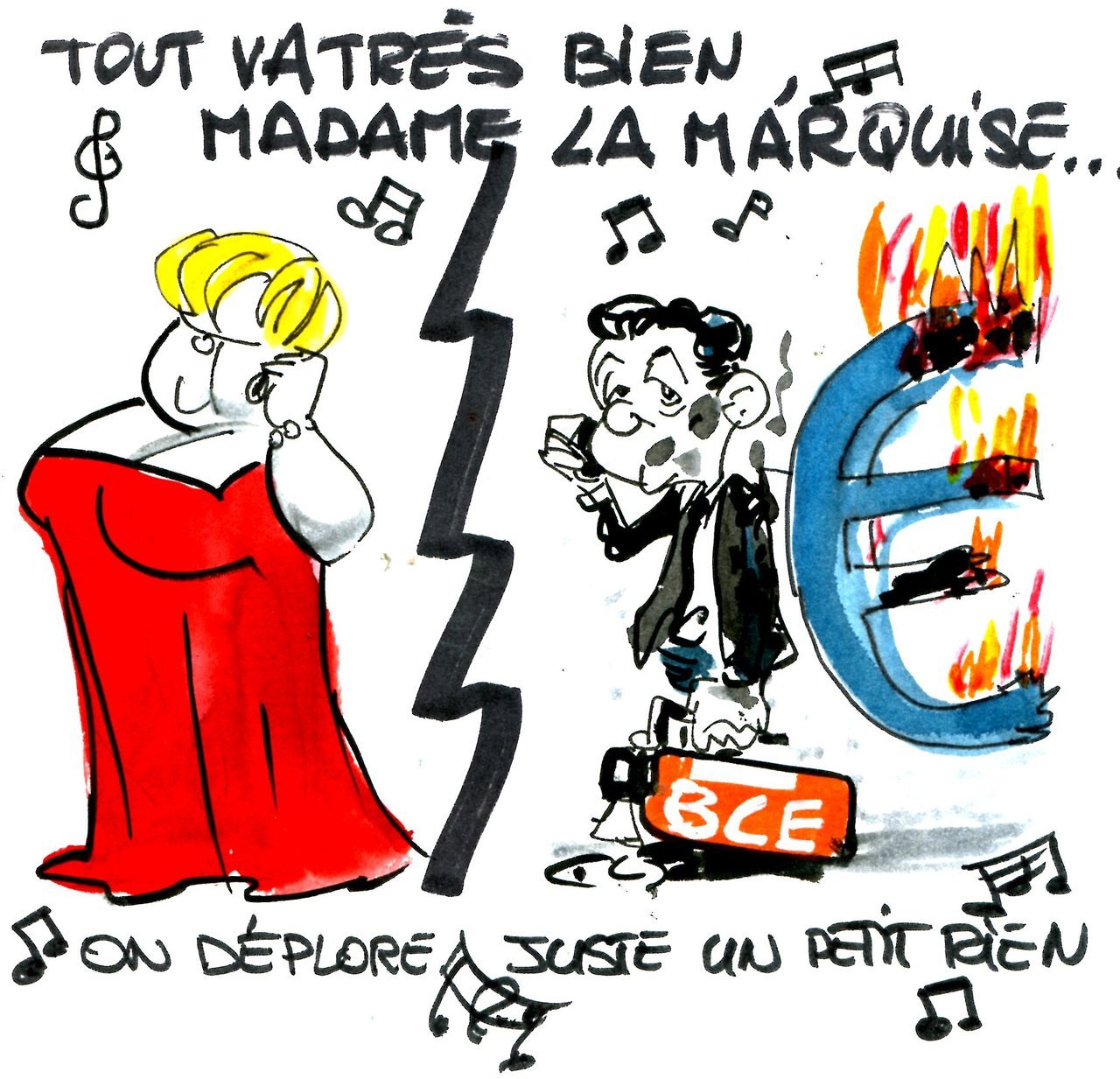
.gif)
https://youtube.com/playlist?list=PLiyWaRqW7RXy0WepnjvpYPEh5zPl5G0-U
🎼♪♫🗣♪♫♫🎹♪♫♪🎷♪🎻♪♫🎺♪♫🥁♪♫🎸♫
André Rieu


.gif)


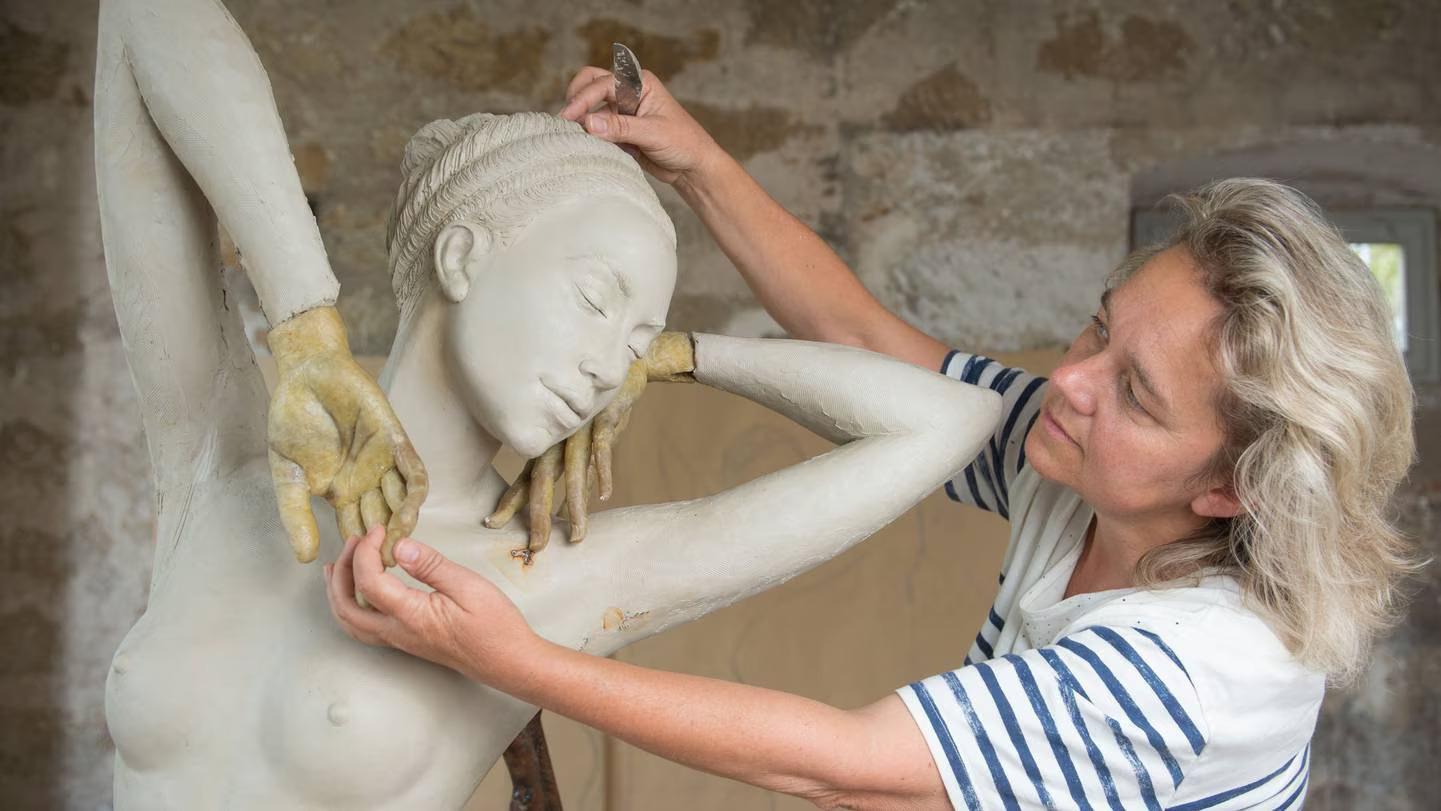



Her public profile was raised by her figure of Trauerndes Mädchen am Tränenmeer (Grieving Girl at the Sea of Tears) which commemorates the bombing of the city in February 1945, and which was completed and installed at the city's Heidefriedhof cemetery (de) in 2010.

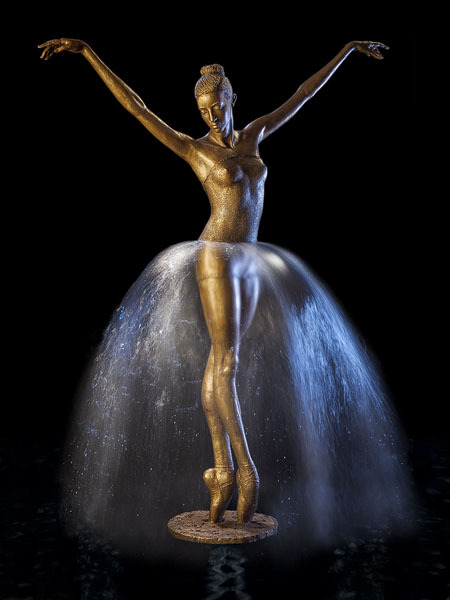

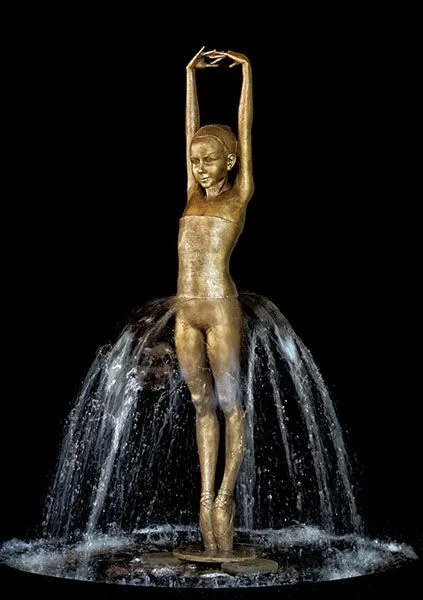

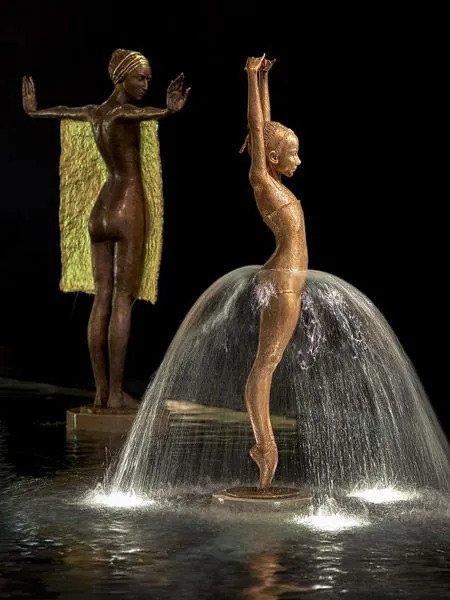
Normally she starts by sketching a series of images for a sculpture with the help of a life model and using photographs of her model. The front view and profile sketches are then applied directly to the selected block of wood which is cut roughly to shape using a hammer and chisel. The finer image then "emerges" from the roughly cut tree trunk, with the human figure and the base forming a single block, the girth of the figure being constrained by the original diameter of the trunk selected: "For the 'Fata Morgana' an oak [trunk] with a 1.20m diameter was necessary". Smaller parts are rarely added.
During her earlier period Chodakowska left her figures as simple unenhanced wood images, often of nudes. Over time she developed an appreciation that colour can bring a new dimension, and make the surfaces appear more reminiscent of real human skin, so that her more recent images are usually "partly clothed", often with acrylic paint. Emphasis is placed on the face and on the garment. "You can use light acrylic paint to give the impression of clothing, which nevertheless comes with a diaphanous quality that does little to conceal the body". The art historian Karin Weber comments that the resulting sculpted closely fitting dresses come across as a contemporary interpretation of the "wetlook style" ("nassen Stil") familiar to specialist scholars familiar with the sculpture of classical Greece. Since a visit to Egypt in 1996 Chodakowska has also worked with gold surfacing as an additional expressive device. Some of her sculptures are coated with a final glaze made of beeswax, linseed oil and turpentine, which enhances the clarity of the grain in the wood.
Along with her "Stammfrauen" (loosely, "archetypal women"), who are mostly modeled on dancers, Chodakowska has also sculpted a few "Stammmänner", and some couples, representations of children and busts. She explains her preference for sculpting with wood on the grounds that this material "communicates warmth. It is [therefore] especially suitable for representing people". Wood, "with its grained texture, [calls to mind] the tendons and veins in the human body".
During the 1990s Chodakowska went through several years of working with tin and glass, notably with her "Tänzerin" ("Dancing girl", 1993) figure, "Glasmenagerie" (1994) and "Liebespaar" ("Lovers", 1994) which combines both glass and tin. Since the mid 1990s she has, from time to time, worked in bronze, a necessary departure from her preference for working with wood when producing her hallmark fountain figures for outdoor display.
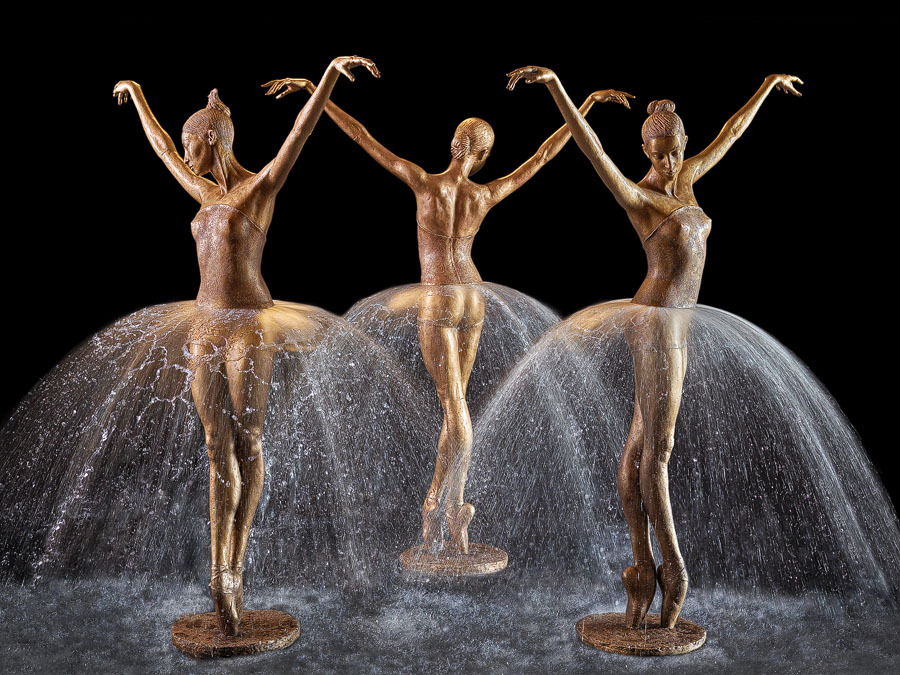

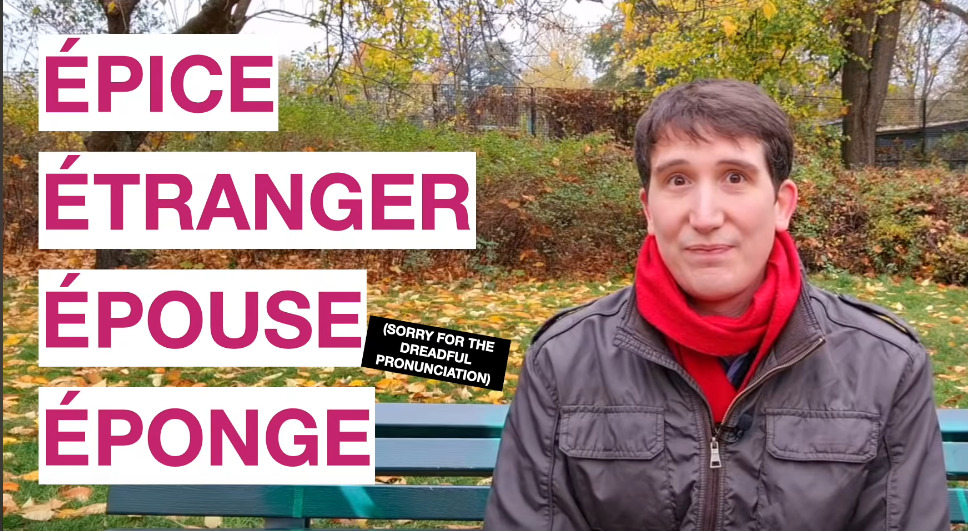
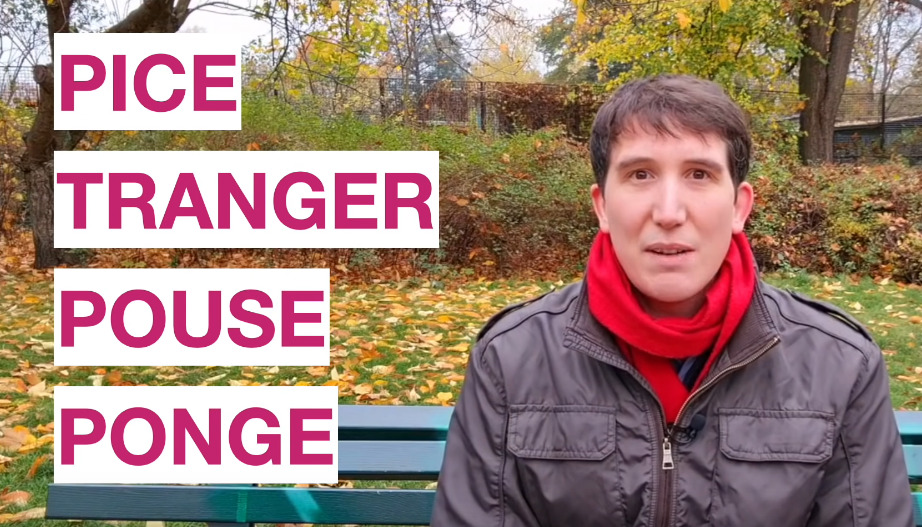



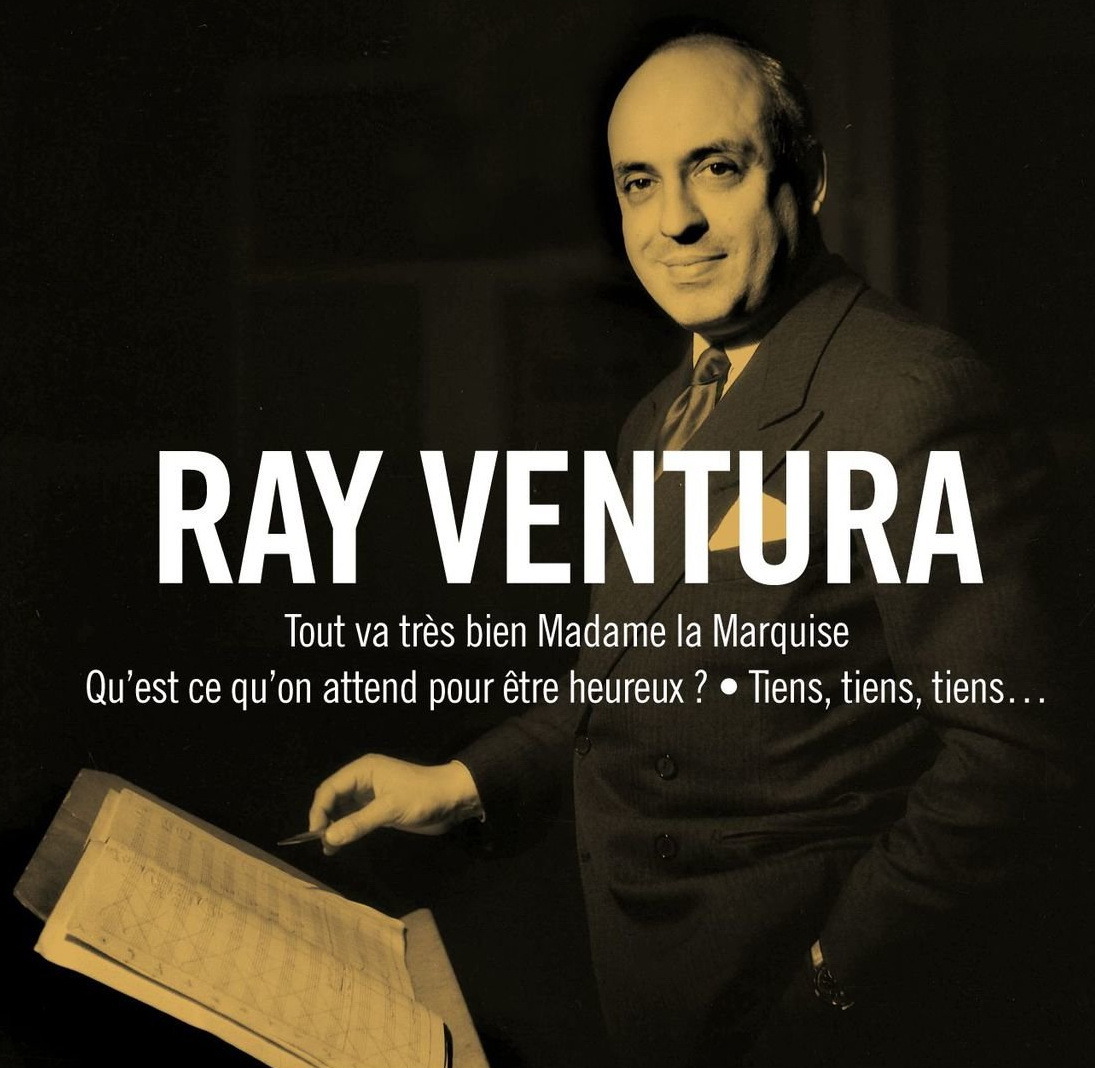


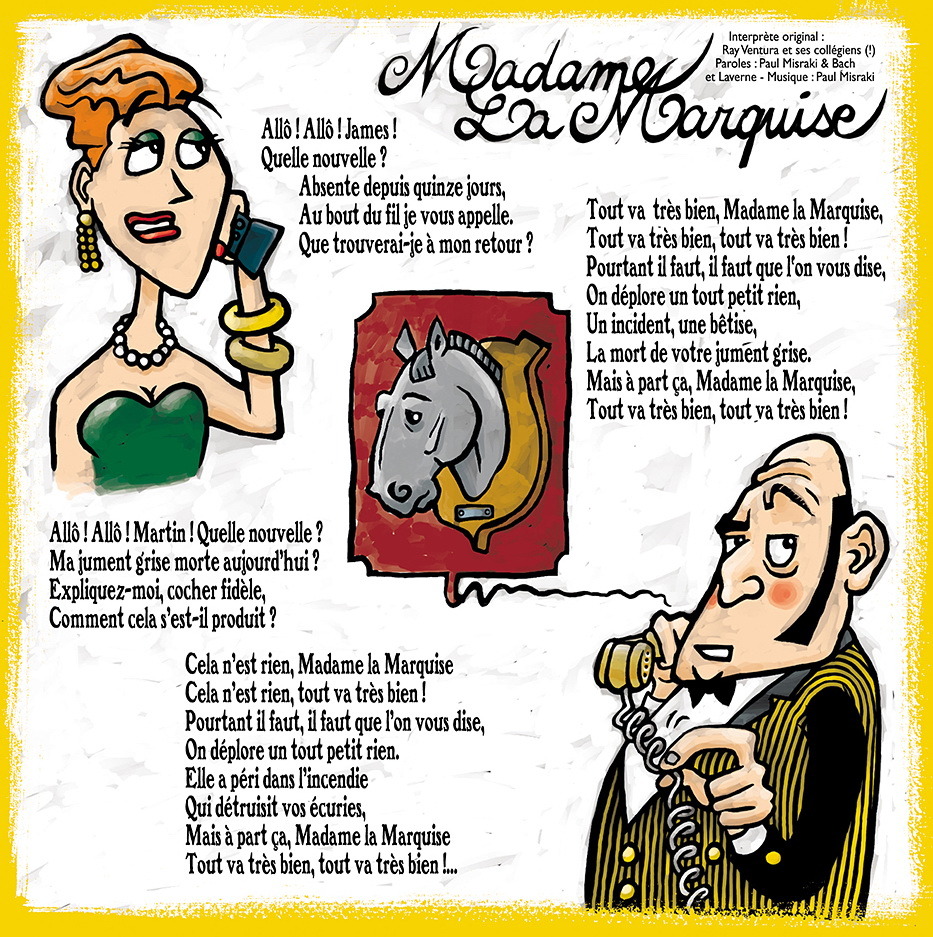



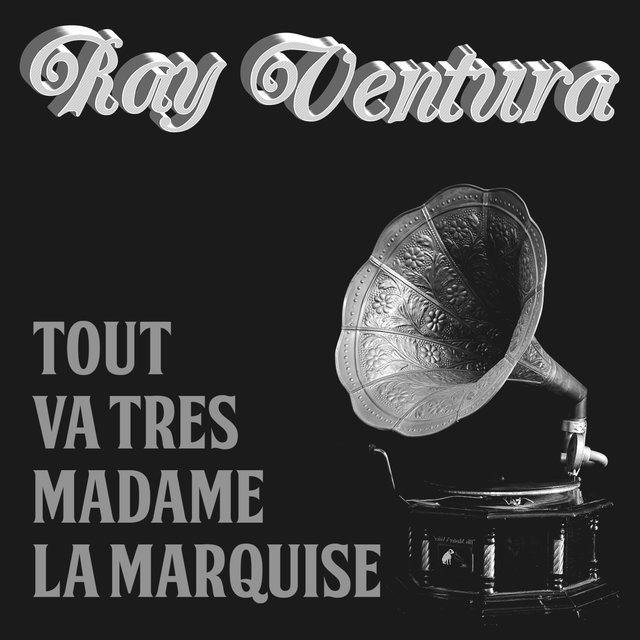
| . | |
| Allô, allô James ! Quelles nouvelles? | Hello, hello James! What news ? |
| Absente depuis quinze jours, | Absent for fifteen days, |
| Au bout du fil, je vous appelle : | On the phone I'm calling you : |
| Que trouverai-je à mon retour? | What will I find when I return? |
| Tout va très bien, madame la Marquise | Everything is fine, Madame la Marquise, |
| Tout va très bien, tout va très bien | Everything is fine, everything is fine. |
| Pourtant il faut, il faut que l'on vous dise | But we must, we must tell you |
| On déplore un tout petit rien : | We deplore a really little thing, |
| Un incident, une bêtise, | An incident, a foolish thing |
| La mort de votre jument grise | The death of your gray mare, |
| Mais à part ça, Madame la Marquise | But apart from that, Madame la Marquise |
| Tout va très bien, tout va très bien ! | Everything is fine, everything is fine. |
| Allô, allô Martin! Quelles nouvelles? | Hello, hello Martin! What news ? |
| Ma jument grise, morte aujourd'hui ? | My gray mare dead today! |
| Expliquez-moi cocher fidèle, | Explain to me Faithful coach, |
| Comment cela s'est- il produit? | How did this happen? |
| Cela n'est rien, madame la Marquise | That's nothing, Madame la Marquise, |
| Cela n'est rien, tout va très, | It's nothing, everything is fine. |
| Pourtant il faut, il faut que l'on vous dise | Yet you have to, you have to tell you, |
| On déplore un tout petit rien : | We deplore a tiny thing, |
| Elle a périt dans l'incendie | She perished In the fire |
| Qui détruisit vos écuries. | Who destroyed your stables. |
| Mais à part ça, Madame la Marquise | But apart from that, Madame la Marquise |
| Tout va très bien, tout va très bien ! | Everything is fine, everything is fine. |
| Allô, allô Pascal ! Quelles nouvelles? | Hello, Hello Pascal! What news ? |
| Mes écuries ont donc brûlé? | My stables have burned? |
| Expliquez-moi Mon chef-modèle, | Explain to me My head cook, (Head Chef) |
| Comment cela s'est- il passé | How did it go ? |
| Cela n'est rien, Madame la Marquise, | That's nothing, Madame la Marquise, |
| Cela n'est rien, tout va très bien ! | It's nothing, everything is fine. |
| Pourtant il faut, il faut que l'on vous dise | But we must, we must tell you |
| On déplore un tout petit rien : | We regret a tiny nothing: |
| Si l'écurie brûla, Madame, | If the stable burned, Madam, |
| C'est qu'le château était en flammes. | It's because the castle was burning. |
| Mais à part ça, Madame la Marquise | But apart from that, Madame la Marquise |
| Tout va très bien, tout va très bien ! | Everything is fine, everything is fine. |
| Allô, allô Lucas ! Quelles nouvelles ? | Hello, hello Lucas! What news ? |
| Notre château est donc détruit ? | Our castle is destroyed! |
| Expliquez-moi... Car je chancelle | Explain to me Because I'm staggering |
| Comment cela s'est- il produit ? | How did this happen? |
| Eh! bien voilà, Madame la Marquise | Well, here, Madame la Marquise, |
| Apprenant qu'il était ruiné | Learning that he was ruined, |
| A peine fut-il rev'nu de sa surprise | Just recovering from the surprise |
| Qu’ Monsieur l'Marquis s'est suicidé | The Marquis committed suicide, |
Et c'est en ramassant la
pelle **
|
And as he was falling down |
| Qu'il renversa toutes les chandelles | That he toppled all the candles, |
| Mettant le feu à tout l'château | Setting the castle on fire |
| Qui s'consuma de bas en haut | Which burned from the bottom up |
| Le vent souflant sur l'incendie, | The wind blowing on the fire, |
| Le propagea sur l'écurie, | Spread it to the stable, |
| Et c'est ainsi qu'en un moment | And that's how in a moment |
| On vit périr votre jument ! | We saw your mare perish! |
| Mais, à part ça, Madame la Marquise, | But, besides that, Madame la Marquise, |
| Tout va très bien! Tout va très bien ! | Everything is fine, everything is fine. |
| ** “Ramasser une pelle” = signifie tomber | ** “Ramasser la pelle” = “to fall” |



